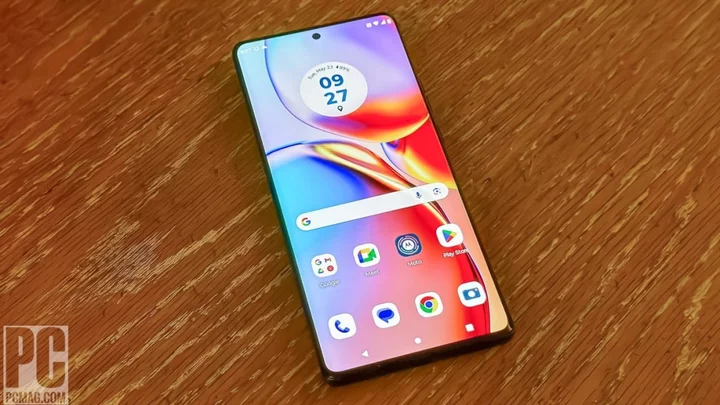Who'd have believed that one day we'd have Hollywood-level editing tech at our fingertips? That's certainly true of some laptops, which are more affordable than ever.
If you want to make a feature-length film, or a YouTube video or TikTok to go viral, the best way to start is with a laptop capable of running video editing software.
But what makes for a good laptop for video editing, and which one should you choose?
Can you do professional video editing on a laptop?
In a word, yes. Pro-level editing software and equipment is more accessible than ever. And as powerful processors continue to shrink — without losing capabilities — it's possible to do high-level editing on a humble laptop.
Most top-of-the-line laptops, often marketed as gaming laptops, are capable of running video editing software like Final Cut Pro X, Adobe Premier, and other leading services. These apps are capable of tasks such as cutting, colour correction, and exporting high-res footage.
What kind of processor is best for video editing?
The processor (or CPU) is what enables your computer to perform all of the tasks that you throw at it, including running specific software. There are indicators about the processor that are worth looking at when picking out a laptop for video editing.
One indicator is how many cores your processor has. Cores allow your computer to multitask. The more cores your CPU has, the better equipped it will be to take on different tasks, like running multiple applications at the same time. An 8-core processor should do the trick for video editing — for starters, at least.
Another good indicator of a processor’s capabilities is clock speed. This is typically measured in GHz. When you see a processor that has a clock speed of 3GHz, that means that its internal clock beats 3 billion times per second — and each beat is an opportunity for the processor to manipulate and process data. A clock speed of 3.0GHz is a good baseline to look for in a video editing laptop.
How much RAM is needed for video editing?
Much like your computer’s processor, RAM (Random Access Memory) is an important component in handling video editing tasks. Think of RAM as your machine’s short-term memory. This is for handling tasks that are active or have been active recently — basically anything that is running on your device.
Around 16GB of RAM is a good place to start. Some laptops have a graphics card (GPU) that can handle more intensive tasks like video processing, meaning that you can get by with less RAM.
Can a laptop handle 4K video editing?
For video editors, having a machine that can handle 4K is essential. Many laptops with a powerful processor and sufficient RAM can do this task, but not all of them will be able to display the footage at full resolution. If seeing 4K video is important to you, pick a laptop with 4K resolution — or one that connects externally to a 4K monitor.
What's best for video editing, a Mac or PC?
This debate has quieted down because both operating systems are more than capable of handling video editing software. Popular products from Adobe and Sony run on both Mac and PC. However, Apple’s popular video editing tool Final Cut Pro X is only available for macOS. If you’re used to Apple or prefer Final Cut, it's a no brainer.
What are the best laptops for video editing?
Now that you have a better idea of what to look for in a laptop for video editing, you can start narrowing down your potential options. We’ve made the process even easier by picking some of your best options. There should be something for everyone and every budget in this list, with popular devices from top brands.
These are the best laptops for video editing in 2023.









